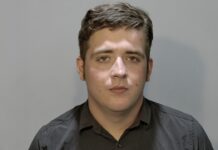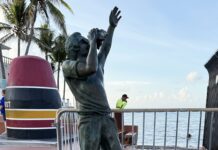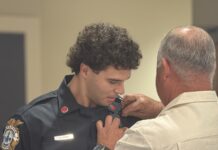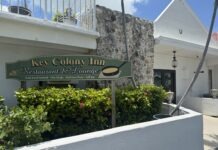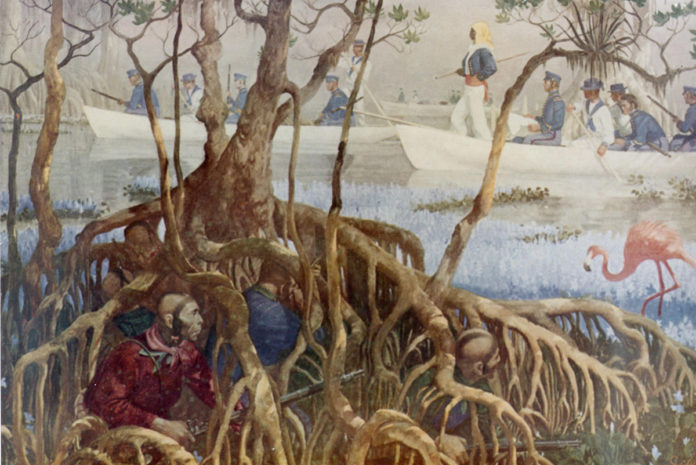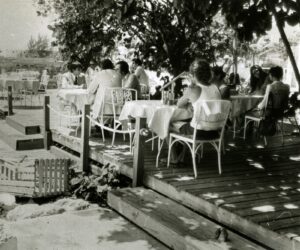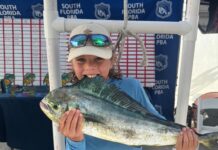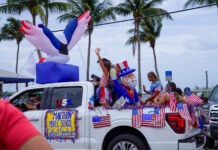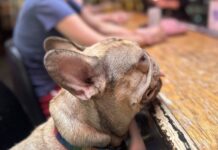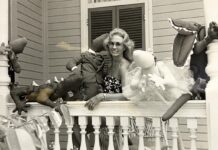Editor’s Note: This is the third part in a four-part series on the attack at Indian Key.
During the Seminole War, the attack on Indian Key was not an isolated event. In 1836, the threat of an Indian attack in the Florida Keys was running high.
In mid-March, the people of Indian Key observed an older Spanish man approaching the island in a canoe. Had the old man paddled up to the island six months earlier, not a single resident on Indian Key would have so much as batted an eye. He would have been considered another man coming to trade at the general store – just another customer coming to the island.
Current conditions, however, required a more guarded response, and when the men of Indian Key’s militia Company B witnessed his approach, they suspected he was a Seminole sympathizer. No sooner had the canoe touched the edge of the island and the old man set foot on land than the men of Company B took him into custody.
At first, he said he was just a fisherman who had simply come to the island to trade. The longer he was interrogated and the more aggressive the techniques became, the more cracks appeared in his story. Suddenly, he told a different story about how he had not been the only one in the canoe and that two other men had traveled with him. The other two men, Indians, had been dropped off at nearby Lignumvitae Key.
After his admission, Company B armed a group of men, a posse if you will, to go out and apprehend the hideaway Indians. Instead of some western-style posse racing across the prairie on horses, this group set off from Indian Key using more conventional means of transportation, shallow-draft vessels. Perhaps using the old Spaniard as bait, the men of Company B captured the Indians and brought them back to Indian Key for questioning.
Unlike the old Cuban fisherman, these two men had no problem coming right out and admitting what they were up to. The Indians reportedly told the men that many of their people had gathered at Cape Sable and were going to attack all of the major settlements in the islands: Indian Key, Key Vaca and Key West. The news was alarming, and the three men were shackled and held in custody.
After receiving the intelligence, Captain Jacob Housman dispatched a letter containing information about the capture of the two Indians to Commodore Dallas at Pensacola, where Navy headquarters had recently moved. Indian Key’s Housman had sent letters to government authorities asking for protection from the Indian threat before. Prior requests had been ignored, which is one reason he formed and financed the Company B, 10th Florida Militia. With the revelation of this imminent threat, Housman again requested some kind of government response to help protect the community.
After hearing the reports and reading the letter, Dallas ordered the Revenue Cutter Dexter to set a course for the Keys. In the months that followed, a series of Indian attacks, each reported to be closer and closer to Indian Key, haunted the outpost community. In July, Key Biscayne’s Cape Florida Lighthouse was attacked. In October, lightship captain John Whalton’s Key Largo fruit and vegetable garden was ransacked. Three days later, a schooner anchored at Tavernier Key was attacked, and while the ship’s sailors escaped, the schooner was lost.
The following summer, on June 25, 1837, Captain Whalton and four of his men from the lightship Florida arrived at Key Largo’s Garden Cove. Indians were waiting for them. Whalton and one of the crew would not survive the encounter. Their bodies were later recovered and brought to Indian Key, bringing the blood of the Indian threat to the community. Many of the island’s residents, afraid for their safety, began to move away from the island.
In July 1840, a man appeared at Fort Dallas on the banks of the Miami River and claimed to have been held captive by the Seminole Indians for four years. He said he had intelligence about the Spanish Indian Chekaika and an impending attack on Indian Key. Fort officers did not believe him because he was a black man, thought he was a spy, and put him in a cell.
When Lt. McLaughlin, in command of the Tea Table Key’s Fort Paulding, heard of the arrest, he traveled to Fort Dallas with the hope of hiring the prisoner as a guide. McLaughlin wanted to eliminate the Indian threat and attack the enemy at their camp hidden away in the Everglades. At Fort Dallas, McLaughlin was denied his request, though he could meet with the prisoner who was more than willing to give as many details as he could remember.
McLaughlin launched an expedition into the Everglades to find Chekaika’s island hideaway. The military expedition into the Everglades proved futile as the troops became lost and exhausted, and turned around. It would not be the last time Navy personnel would venture out into the Everglades searching for the Indians.
From his ship at Key Biscayne, Lt. McLaughlin wrote to Secretary of the Navy Paulding dated Aug. 4, 1840: “Lt. Rogers in the Wave, sailed today with 18 canoes for Cape Romano, on the western coast, touching on his passage at Tea Table Key for provisions and to take off all the people capable of quitting the hospital, for another attempt to cross the Everglades from the vicinity.”
Rogers sailed away from Tea Table Key and Fort Paulding on Aug. 6 with all but a handful of able-bodied men left behind. In the early morning hours of Aug. 7, Chekaika and his warriors paddled out to Indian Key under the dark of night.
